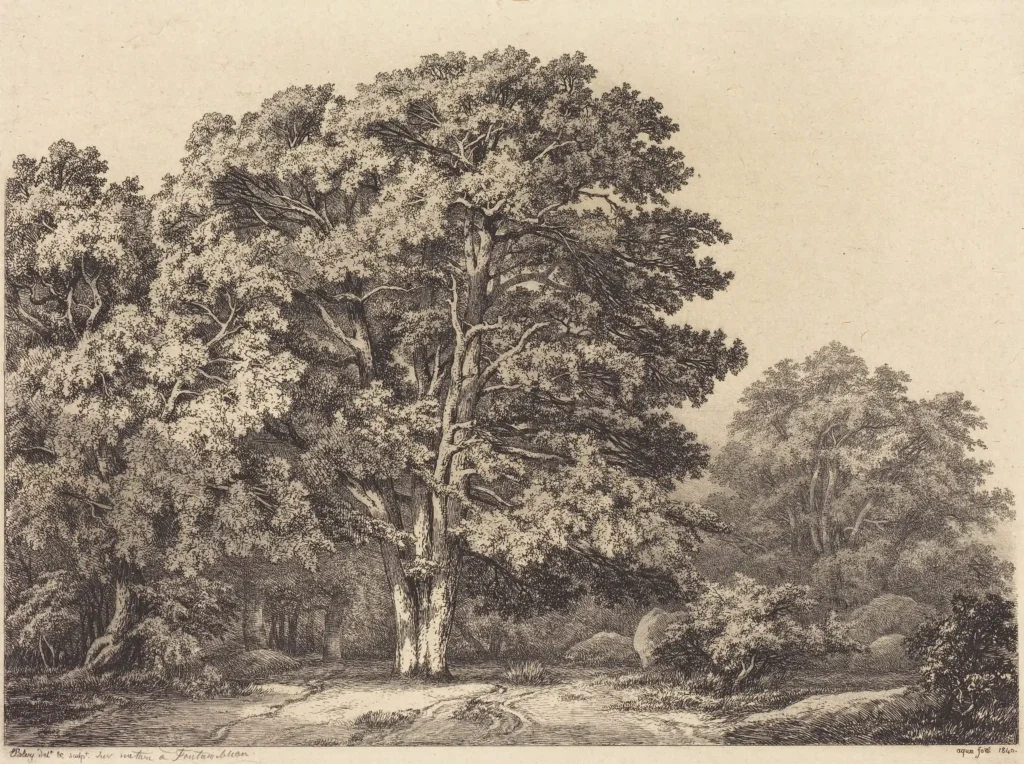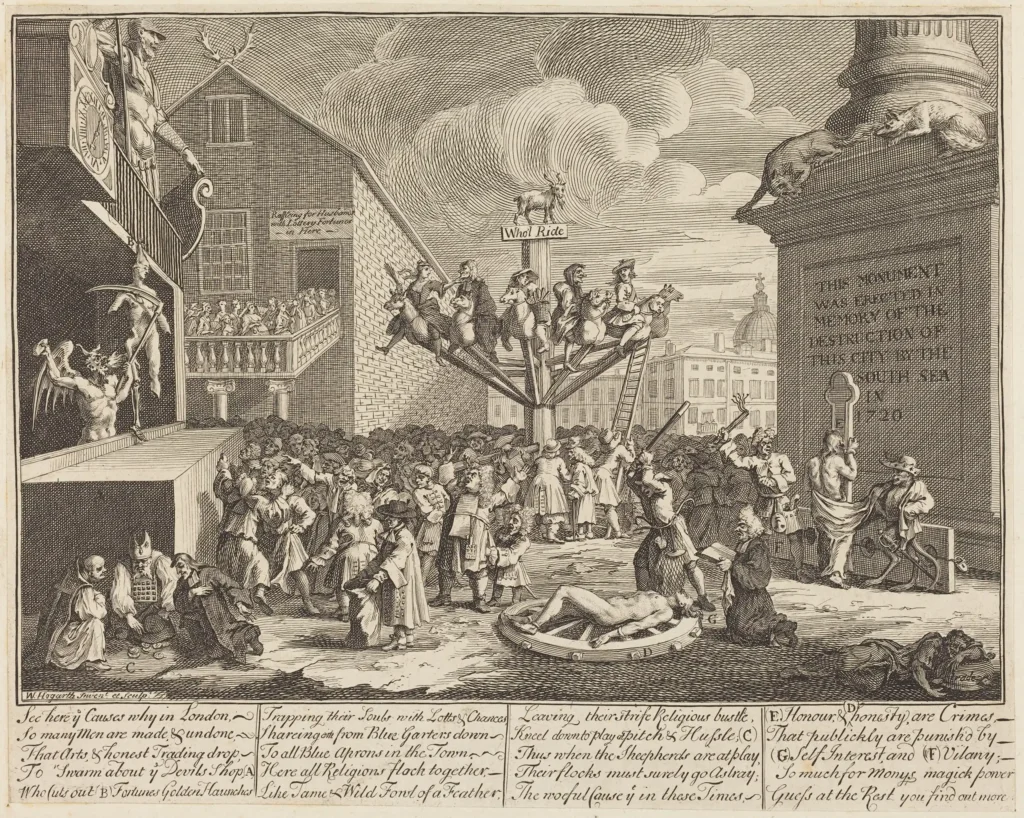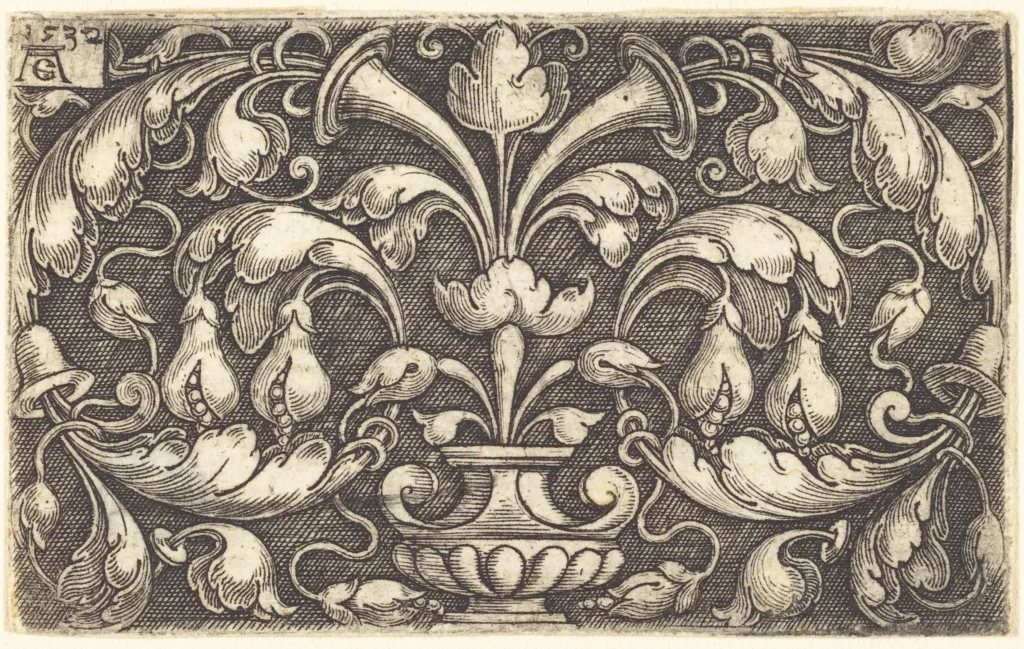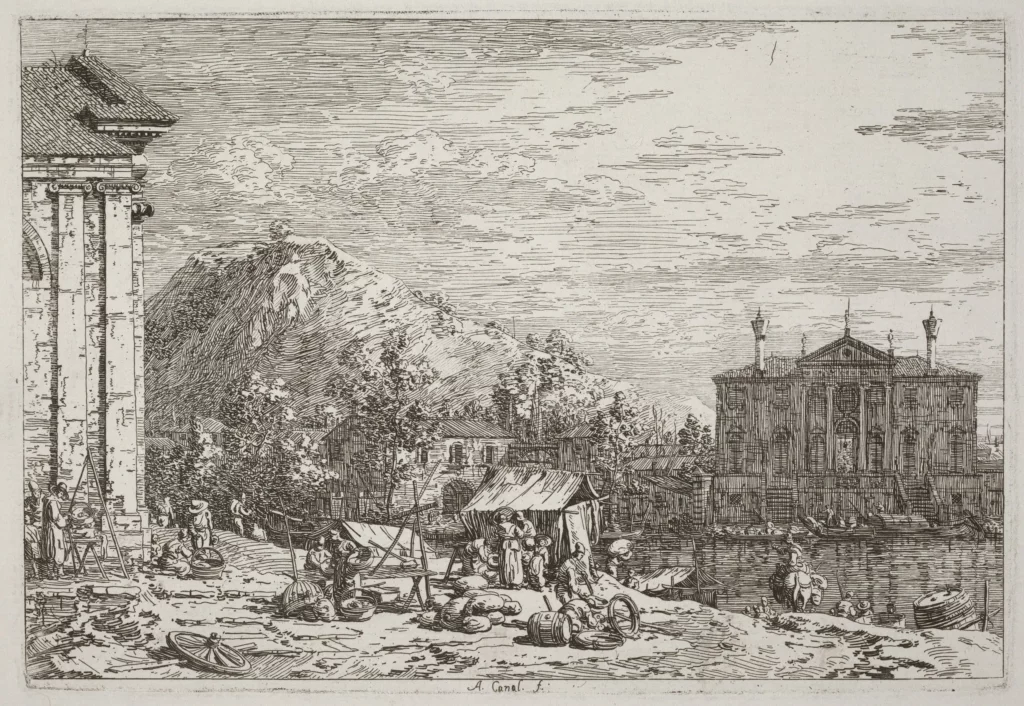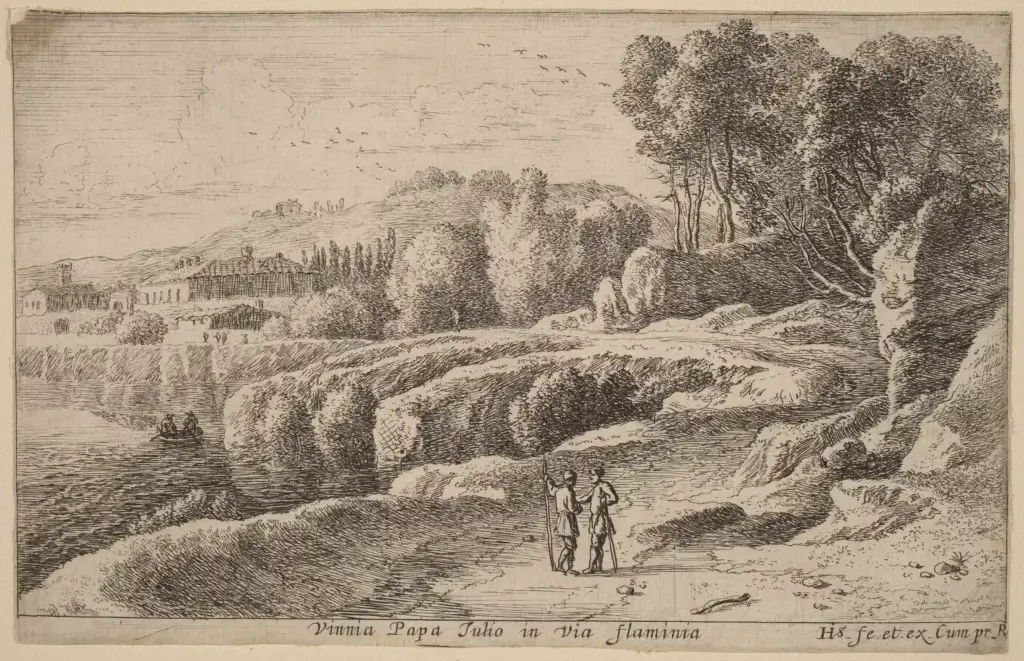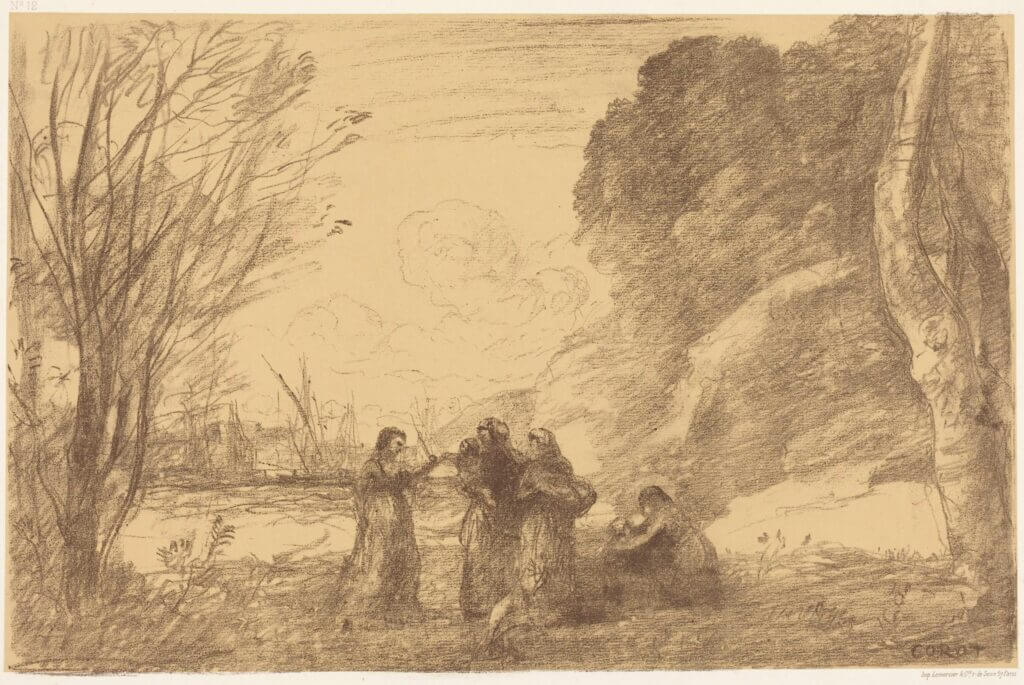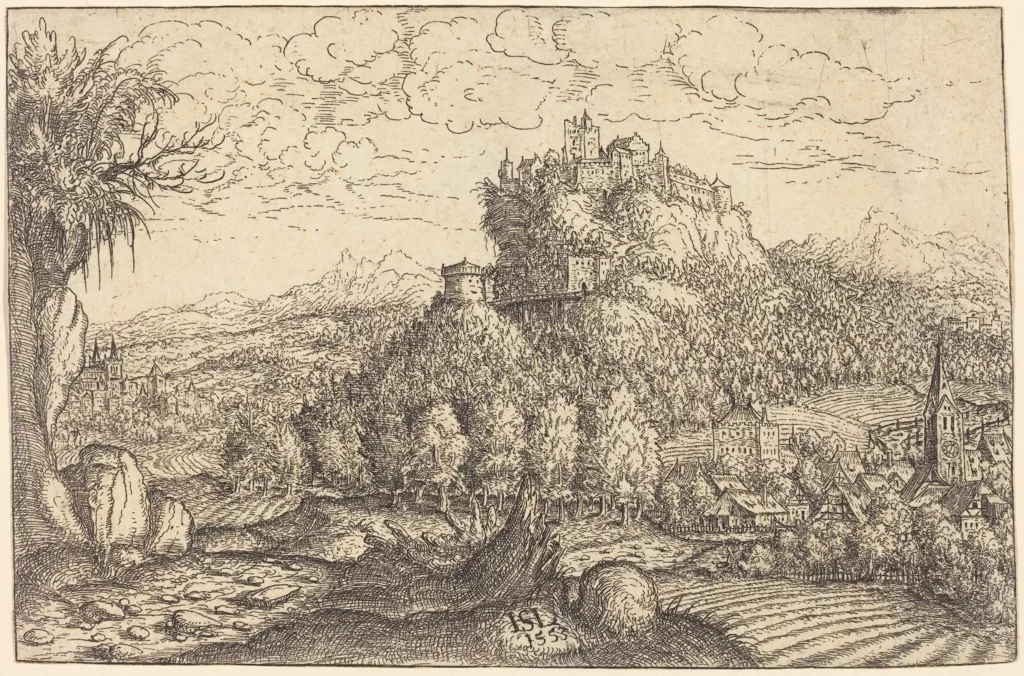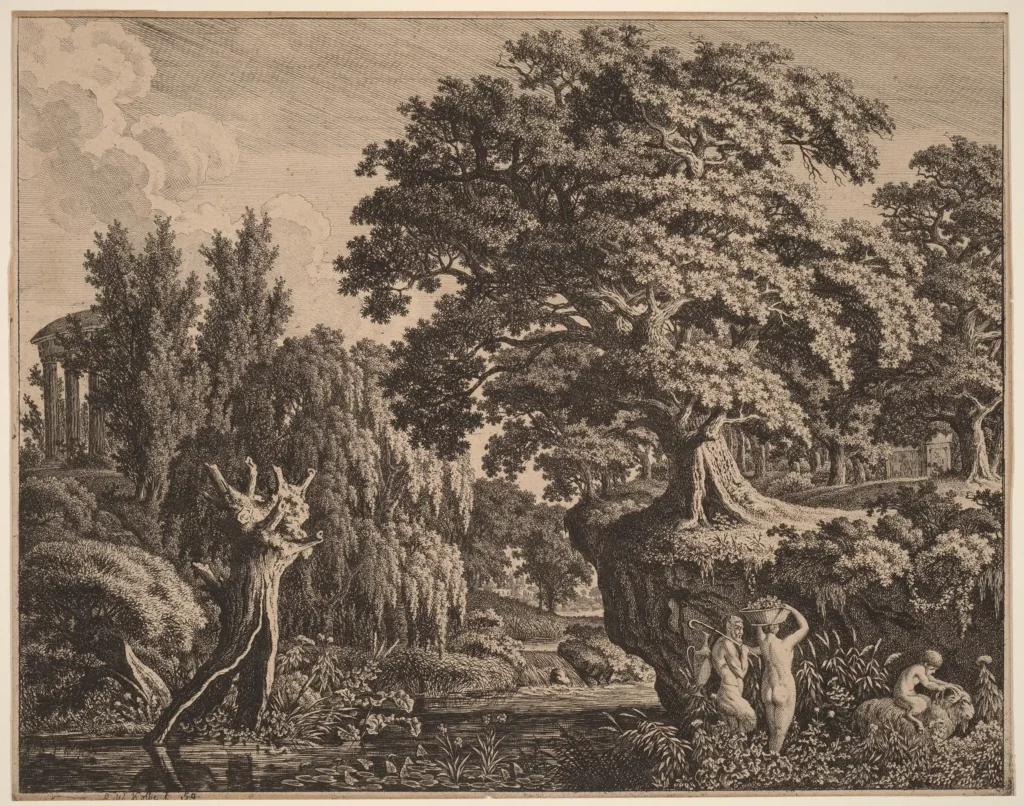
GEO and SEO: What Wineries Need to Know
Your vineyard is breathtaking, your Cabernet Sauvignon a masterpiece, your brand story award-worthy… and you feel like you finally have a handle on SEO.
But the robots in the cloud want more.
Generative Engine Optimization, or GEO, has swooped in and changed the internet game, confidently recommending wines it has never tried and forgetting the producers who deserve to be in the conversation. So what does this shift mean for wineries competing online?
There is good news: Many fine winery websites are already GEO-friendly.
Generative systems seek external validation and third-party credibility. We have long included Press pages in our websites, to display critical accolades and media features. If your wine earns a 99-point score, do not let it vanish into the inbox archives. Add it to your website for the sake of both human adulation and machine verification.
In addition, generative AI looks for verifiable and digestible facts that can be extracted as authoritative information, especially when consistent across pages. Happily, the typical Vin website already includes highly specific pages about vineyards, winemaking, and wines.
In the past, we counseled our clients to include these pages to inform collectors and members of the trade, and to attract media and enthusiasts via SEO. Today, we are feeling rather smug about the fact that our geeky affinity for rich, detailed content is now considered “good structured data.”
It is impossible to capture the soul of a vineyard in a bullet point, yet bullet points are exactly what generative search models prefer. Thanks to today’s AI-driven search patterns, there is even more rationale for detailed vineyard, wine, and winemaking pages supported by transparent production details, release information, and vintage-specific facts, as well as Press pages that share media coverage.
Ultimately, a great winery website is the same as it always was: an evocative digital space rich with images, animation, and storytelling, grounded in verifiable facts about vineyard sites, farming practices, and winemaking. The only real adjustment wineries should make today is to assume that both humans and robots will be watching.
Questions and Answers
Q: What is the difference between SEO and GEO?
A: Rather than presenting a ranked list of links like traditional search engines, generative systems may synthesize answers into a single response, citing or summarizing select sources. Traditional SEO focuses on clicks and ranking positions, while GEO emphasizes credibility, clear data, and the likelihood that a brand will be referenced as a source of truth by generative systems. The goal is not only to rank, but to be quoted.
Q: We were told to keep up a blog to improve our SEO. But now I am hearing that AI steals blog content and may negatively impact SEO. So should we ditch our blog?
A: It is true that third-party bots scrape content, paraphrase it, and republish it, potentially undermining the original author’s authority. The best defense is to create content as personal, distinctive, and high-quality as your wines. Inform readers about vineyard conditions and terroir. Share a recipe from your grandmother’s kitchen and explain why your wine pairs perfectly with it. Include stories and details that only you can tell. Winery dogs and cats? Always welcome.
Q: How can I ensure that my products, clubs, and events show up in SEO search results? They are stored in my e-commerce platform, not my website.
A: Our SEO for Commerce7 via WordPress plugin bridges that gap. It brings your Commerce7 products, collections, clubs, and reservations into your website’s SEO tools, so search engines can actually find and index them. You choose which assets to expose publicly, controlling what shows up online and what stays private.

